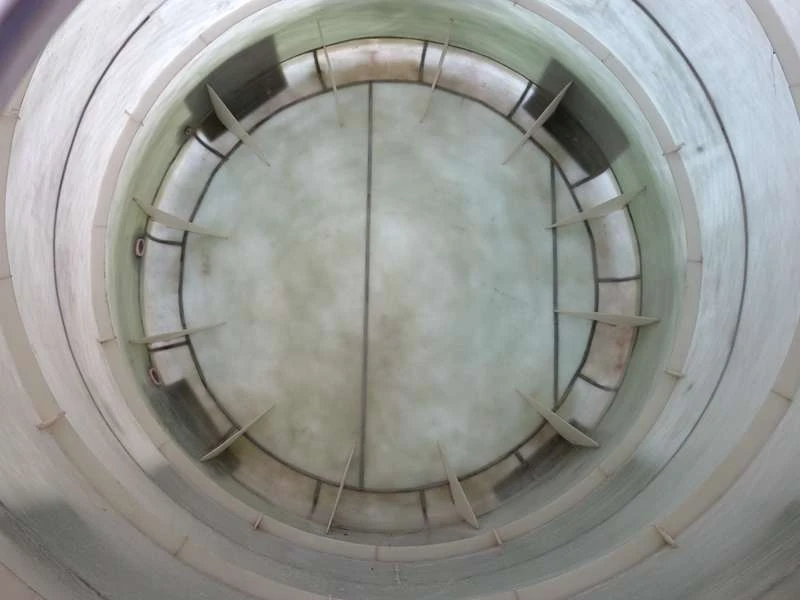
-
 Afrikaans
Afrikaans -
 Albanian
Albanian -
 Amharic
Amharic -
 Arabic
Arabic -
 Armenian
Armenian -
 Azerbaijani
Azerbaijani -
 Basque
Basque -
 Belarusian
Belarusian -
 Bengali
Bengali -
 Bosnian
Bosnian -
 Bulgarian
Bulgarian -
 Catalan
Catalan -
 Cebuano
Cebuano -
 China
China -
 China (Taiwan)
China (Taiwan) -
 Corsican
Corsican -
 Croatian
Croatian -
 Czech
Czech -
 Danish
Danish -
 Dutch
Dutch -
 English
English -
 Esperanto
Esperanto -
 Estonian
Estonian -
 Finnish
Finnish -
 French
French -
 Frisian
Frisian -
 Galician
Galician -
 Georgian
Georgian -
 German
German -
 Greek
Greek -
 Gujarati
Gujarati -
 Haitian Creole
Haitian Creole -
 hausa
hausa -
 hawaiian
hawaiian -
 Hebrew
Hebrew -
 Hindi
Hindi -
 Miao
Miao -
 Hungarian
Hungarian -
 Icelandic
Icelandic -
 igbo
igbo -
 Indonesian
Indonesian -
 irish
irish -
 Italian
Italian -
 Japanese
Japanese -
 Javanese
Javanese -
 Kannada
Kannada -
 kazakh
kazakh -
 Khmer
Khmer -
 Rwandese
Rwandese -
 Korean
Korean -
 Kurdish
Kurdish -
 Kyrgyz
Kyrgyz -
 Lao
Lao -
 Latin
Latin -
 Latvian
Latvian -
 Lithuanian
Lithuanian -
 Luxembourgish
Luxembourgish -
 Macedonian
Macedonian -
 Malgashi
Malgashi -
 Malay
Malay -
 Malayalam
Malayalam -
 Maltese
Maltese -
 Maori
Maori -
 Marathi
Marathi -
 Mongolian
Mongolian -
 Myanmar
Myanmar -
 Nepali
Nepali -
 Norwegian
Norwegian -
 Norwegian
Norwegian -
 Occitan
Occitan -
 Pashto
Pashto -
 Persian
Persian -
 Polish
Polish -
 Portuguese
Portuguese -
 Punjabi
Punjabi -
 Romanian
Romanian -
 Russian
Russian -
 Samoan
Samoan -
 Scottish Gaelic
Scottish Gaelic -
 Serbian
Serbian -
 Sesotho
Sesotho -
 Shona
Shona -
 Sindhi
Sindhi -
 Sinhala
Sinhala -
 Slovak
Slovak -
 Slovenian
Slovenian -
 Somali
Somali -
 Spanish
Spanish -
 Sundanese
Sundanese -
 Swahili
Swahili -
 Swedish
Swedish -
 Tagalog
Tagalog -
 Tajik
Tajik -
 Tamil
Tamil -
 Tatar
Tatar -
 Telugu
Telugu -
 Thai
Thai -
 Turkish
Turkish -
 Turkmen
Turkmen -
 Ukrainian
Ukrainian -
 Urdu
Urdu -
 Uighur
Uighur -
 Uzbek
Uzbek -
 Vietnamese
Vietnamese -
 Welsh
Welsh -
 Bantu
Bantu -
 Yiddish
Yiddish -
 Yoruba
Yoruba -
 Zulu
Zulu
frp damper
Understanding FRP Dampers Revolutionizing Structural Engineering
Fiber Reinforced Polymer (FRP) dampers have emerged as a significant innovation in the field of structural engineering, providing effective solutions to mitigate vibrations and enhance the durability of infrastructures. As engineering faces the ever-increasing demand for stronger and more resilient structures, the advent of FRP technology offers a promising approach to achieve these goals.
Understanding FRP Dampers Revolutionizing Structural Engineering
The application of FRP dampers can be observed in both new constructions and retrofitting existing structures. In new buildings, FRP dampers can be strategically integrated into the design to enhance seismic performance and reduce the risk of structural failure. In retrofitting scenarios, they can be added to older structures to improve their resilience without necessitating significant alterations or face costly repairs.
frp damper

One of the critical advantages of FRP dampers is their lightweight nature. Traditional damping systems, often made from steel or concrete, can add considerable weight to a structure, potentially leading to further engineering challenges. In contrast, FRP dampers reduce the overall load on the structure, making them easier to install and minimizing the need for additional structural support. This aspect is especially beneficial in regions where geological conditions demand lighter structures or where the foundation cannot support heavy loads.
Moreover, the corrosion resistance of FRP materials significantly prolongs the lifespan of dampers, especially in harsh environments where exposure to water, chemicals, or de-icing salts can adversely affect conventional materials. As a result, FRP dampers require less maintenance and have lower life-cycle costs, making them a cost-effective alternative in the long run.
Research and development in the field of FRP dampers have led to various designs, such as restrained and unrestrained systems. Each design has its unique benefits and is chosen based on specific project needs. Testing and real-world applications indicate that FRP dampers can effectively reduce peak displacements and acceleration responses in structures during seismic events, enhancing the overall safety and functionality of the buildings.
As engineers continue to seek innovative materials and solutions to address the challenges posed by climate change and increasing urbanization, FRP dampers stand out as a leading-edge technology. Their ability to absorb shock, reduce stress on structures, and extend service life underscores their importance in modern civil engineering. Consequently, as we look to the future, the role of FRP dampers is set to grow, paving the way for more resilient and durable infrastructures that can withstand the test of time and nature's unpredictability.
Latest news
-
Exploring the Benefits of Top Hammer Drifter Rods for Enhanced Drilling PerformanceNewsJun.10,2025
-
High-Precision Fiberglass Winding Machine for GRP/FRP Pipe Production – Reliable & Efficient SolutionsNewsJun.10,2025
-
FRP Pipes & Fittings for Shipbuilding - Corrosion-Resistant & LightweightNewsJun.09,2025
-
Premium FRP Flooring Solutions Durable & Slip-ResistantNewsJun.09,2025
-
Premium Fiberglass Rectangular Tanks Durable & Lightweight SolutionNewsJun.09,2025
-
Tapered Drill String Design Guide Durable Performance & UsesNewsJun.09,2025









